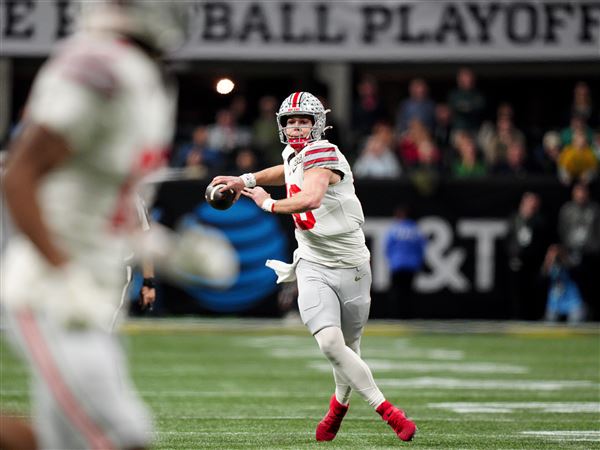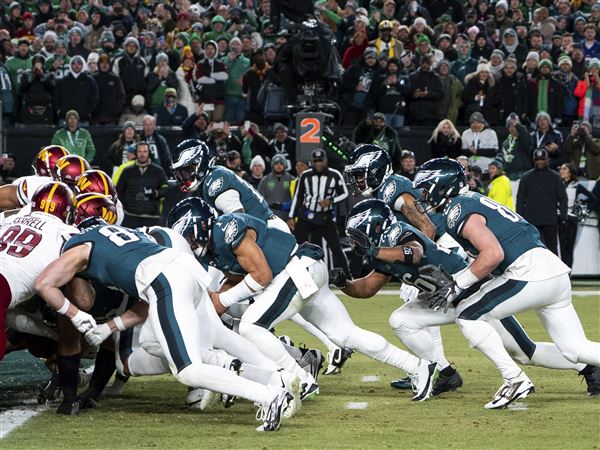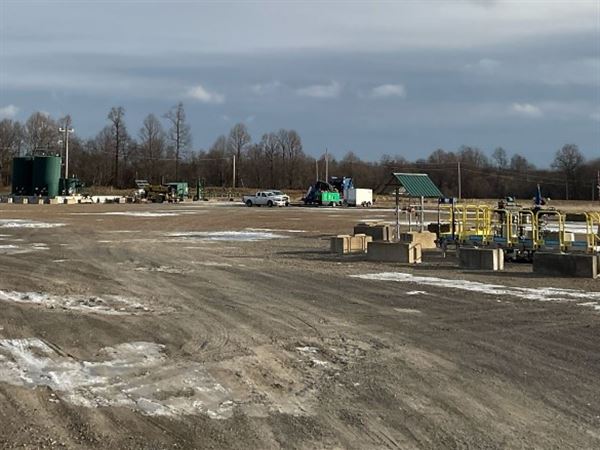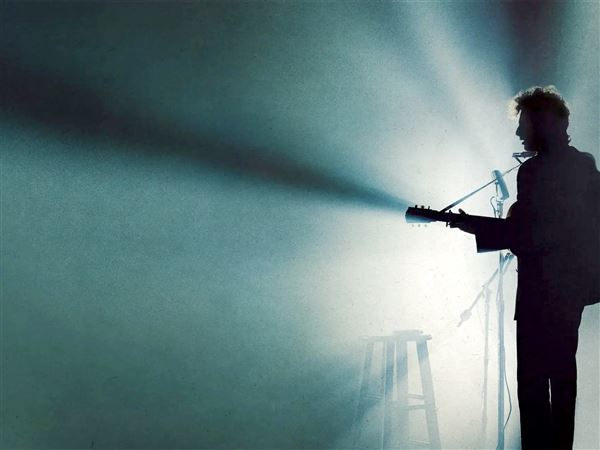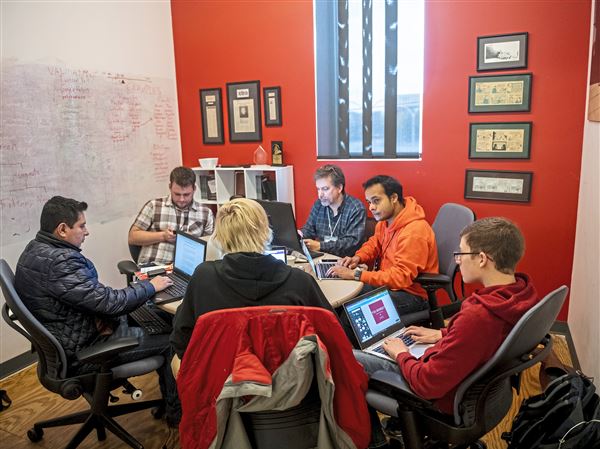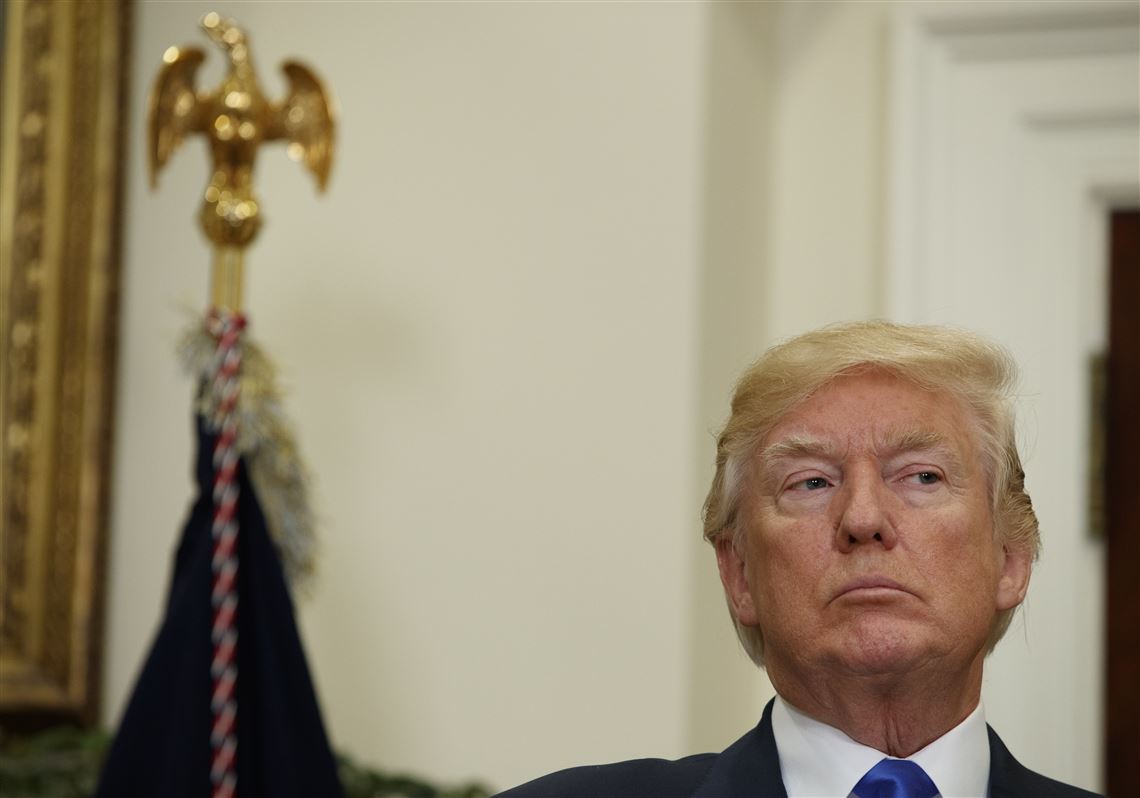President Donald Trump’s 140-character rants notwithstanding, many who hoped the nation’s maverick CEO would serve and protect American manufacturing, particularly domestic steel producers, are still waiting for something more than frenetic keystroking from the Tweeter-in-Chief.
Mr. Trump elevated expectations for quick action on his investigation of whether steel and aluminum imports threaten national security, only to push back his aggressive timetable for doing something about it. Same with currency manipulation.
“Don’t let the president’s tweets fool you. Every chance the administration has had to make meaningful change on trade policy, they’ve kicked the can down the road,” Alliance for American Manufacturing president Scott Paul said in response to the July jobs numbers.
Meanwhile, U.S. steelmakers have found relief on other fronts. The possibility of reduced Chinese capacity and rising raw materials prices have lifted global steel prices. U.S. steelmakers are among the major beneficiaries.
“Chinese supply side reform, leading to lower exports at higher prices, has done far more to buoy global steel markets than Trump or any other Western politician could achieve (and all without a single tweet),” Jefferies steel analyst Seth Rosenfeld wrote in a note to clients last week.
Mr. Rosenfeld noted that prices for Chinese hot rolled steel coil, a basic commodity product, are up 43 percent from April lows and that the country’s steel inventories are down 45 percent since peaking in mid-February. Citing Chinese customs data, he said China steel exports are off 29 percent through July.
U.S. imports of finished steel from China are down 7 percent this year, accounting for less than 3 percent of the higher value steel imports, according to the American Iron and Steel Institute. The industry group says overall imports are up 25 percent in the first half.
For years, U.S. and European steelmakers have alleged their heavily subsidized Chinese competitors are responsible for about 425 million metric tons of a 700 million metric ton global glut of steelmaking capacity. The 808 million metric tons China produced last year — 50 percent of global production — is 127 million metric tons more than the Chinese economy needs, the American Iron and Steel Institute told Trump administration officials in a July 31 letter.
China’s steel surplus last year dwarfs the 78.5 million metric tons U.S. steelmakers produced in 2016, according to the World Steel Association.
China’s promises to curb capacity have been greeted with skepticism in the U.S. and Europe. China claims to have eliminated 45 million tons of capacity last year and in March vowed to eliminate another 50 million tons. But, as our president would say, many believe there is an element of fake news to the claims. The disbelief is supported by the fact that Chinese steel output is up 4.4 percent this year, according to the World Steel Association.
New York-based metals analyst Charles Bradford, a longtime skeptic of China’s steel numbers, thinks the capacity cuts are for real.
“The Chinese apparently were much more serious about decreasing capacity than people gave them credit for,” Mr. Bradford said in a phone interview.
But he adds that higher steel prices also are linked to higher prices for metallurgical coal, iron ore and other raw materials.
“That gets the juices going in the U.S. for [steel] prices to go up,” Mr. Bradford said, noting that hot rolled coil prices currently stand at about $625 a ton.
“It wasn’t that long ago that people were talking $550,” he added.
Rising raw materials prices account for the steel industry’s improving outlook, according to John Tumazos, a Holmdel, N.J., metals industry analyst. He said China has so much excess steel capacity that “they could cut 100 million tons of capacity and it might not reduce output.”
“[Steelmaking] furnaces are as common in China as Terrible Towels are at a Steelers playoff game,” Mr. Tumazos said.
Whatever the reasons, conditions are good enough that Mr. Bradford expects steelmakers will do better in the second half than they did in the first.
“The steel industry is doing a lot better than a lot of people give it credit for, and without any help from Washington,” he said.
Len Boselovic: lboselovic@post-gazette.com or 412-263-1941.
First Published: August 14, 2017, 4:00 a.m.
